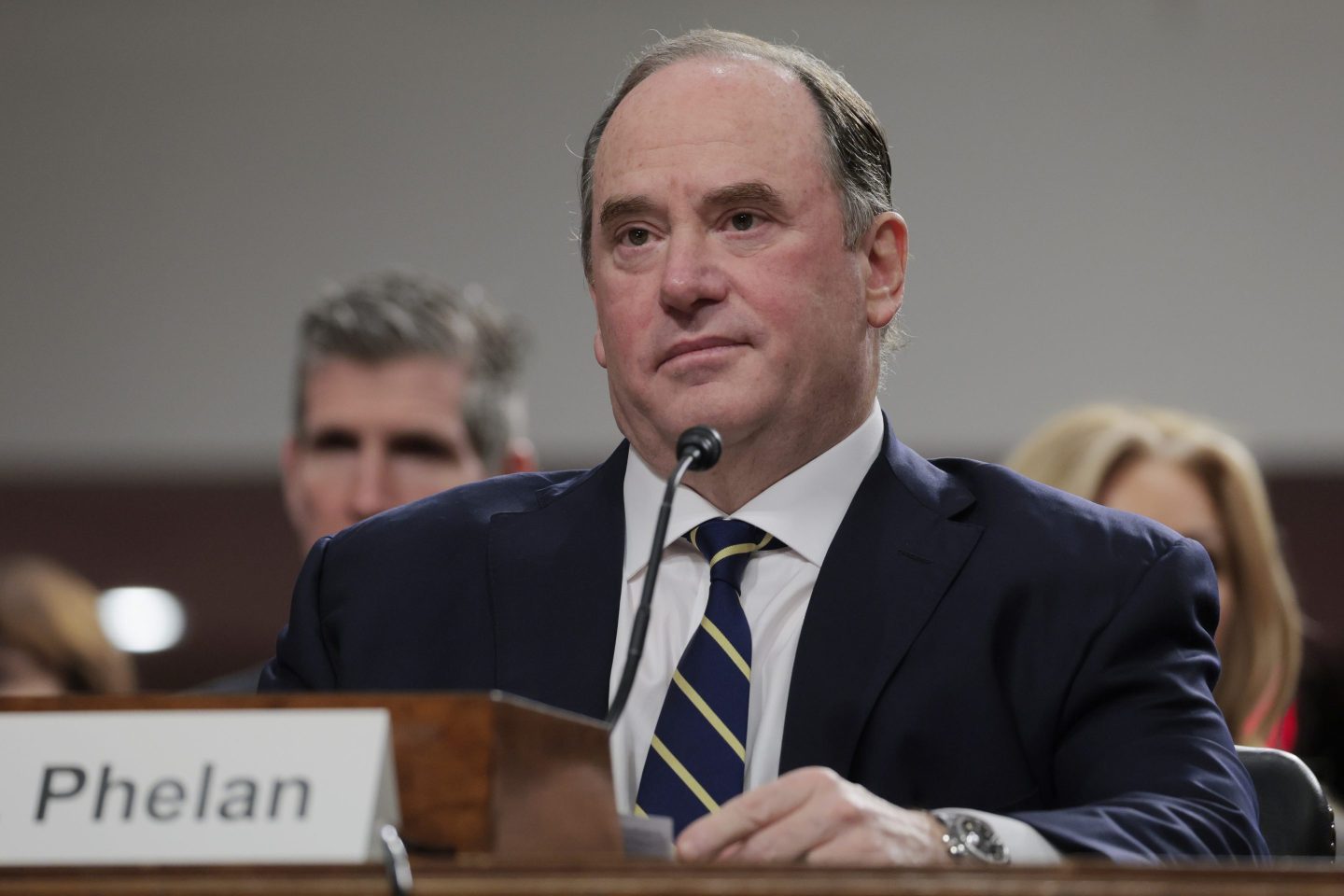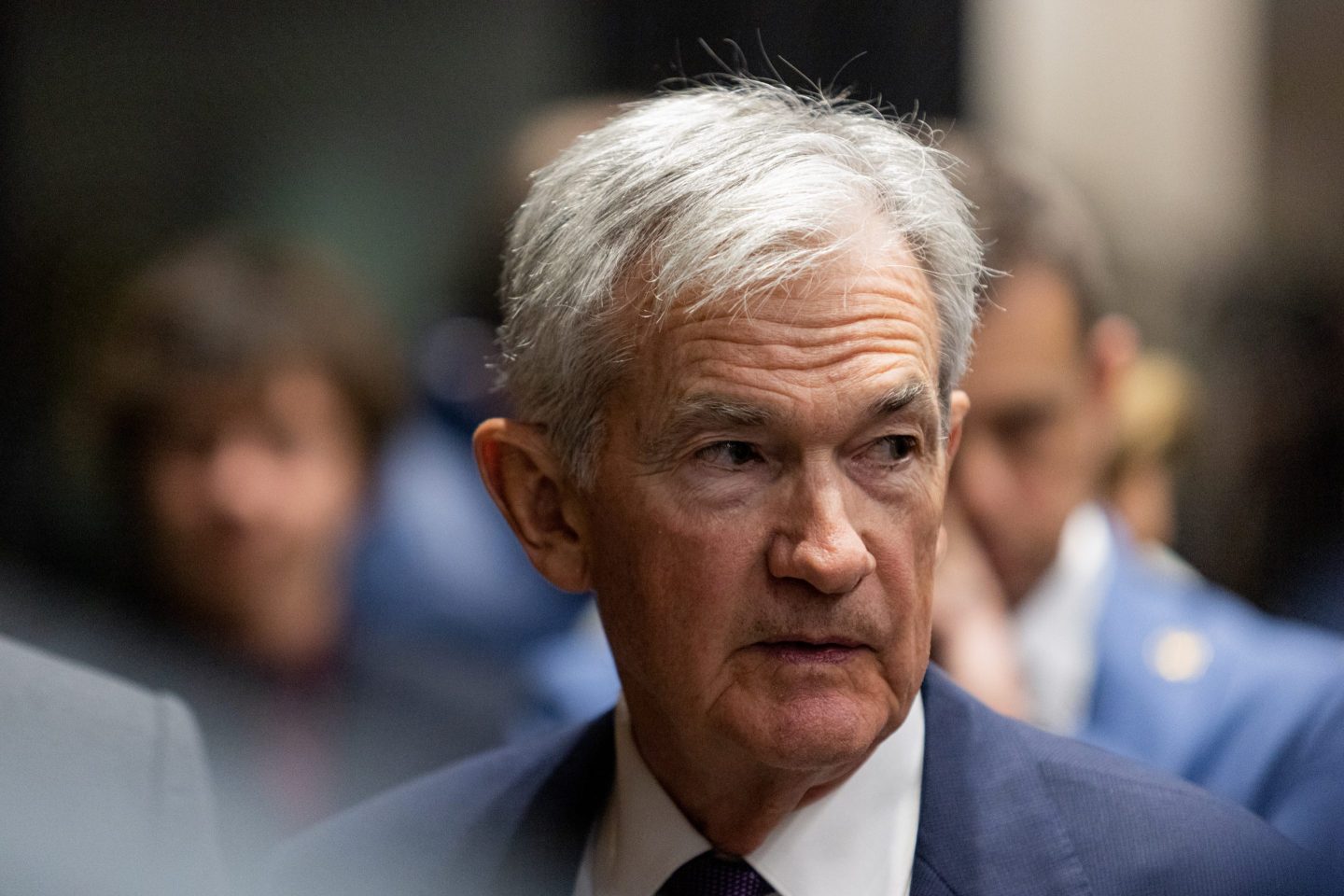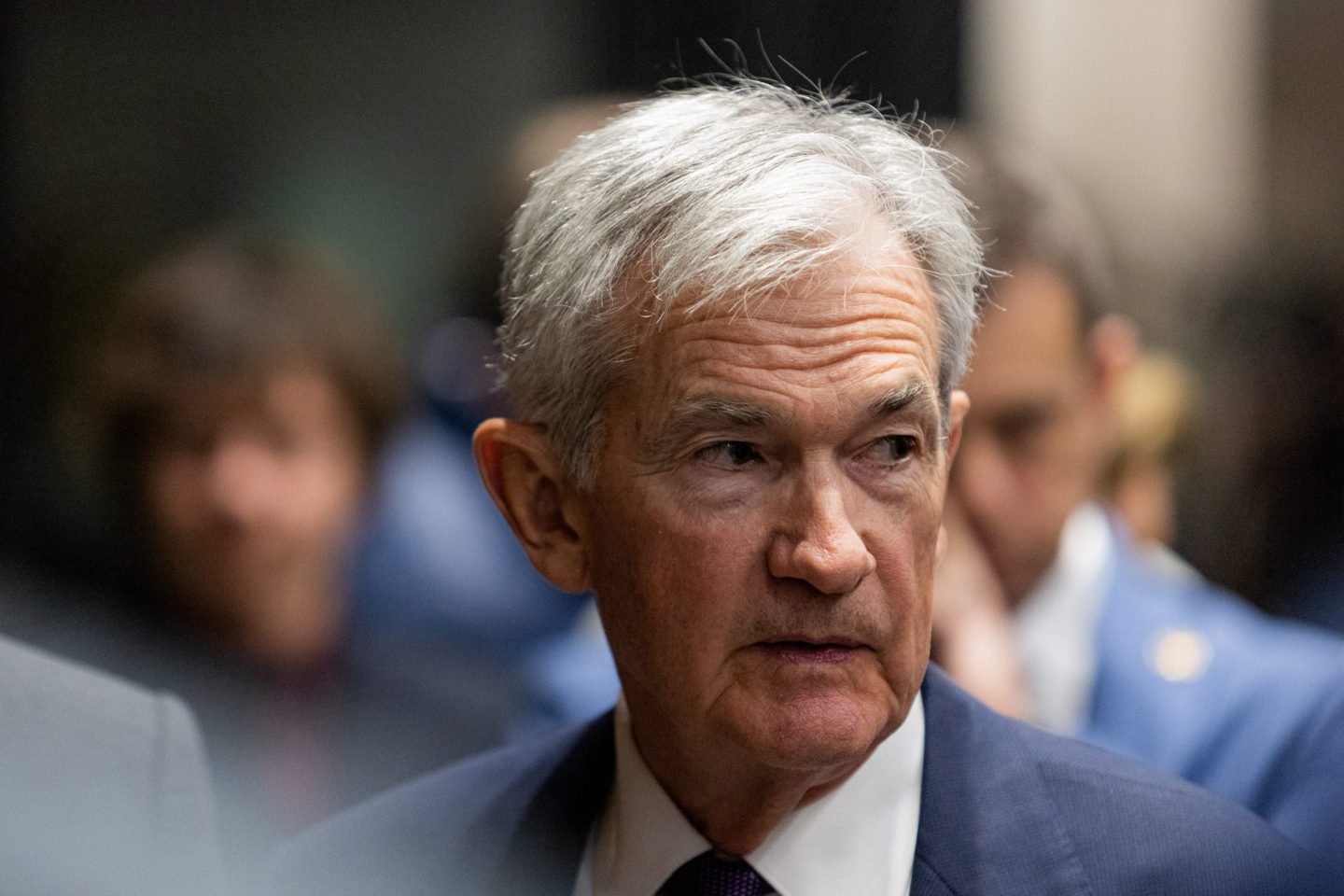Convincing workers to spend their days welding at a shipyard, when they could earn a similar amount of money working behind the counter of an air-conditioned Buc-ee’s, is one of the biggest obstacles to reviving the country’s lagging $37 billion shipbuilding industry.
At least that’s the theory of U.S. Navy Secretary John Phelan, who, during his confirmation hearing in February, said he was handed down a mandate of “shipbuilding, shipbuilding, shipbuilding” by President Donald Trump.
In the past seven months, Phelan has laid the groundwork for increased shipbuilding capacity, drawing on his business background (he’s the first Navy Secretary in 15 years without military experience) to cut back on inefficiencies and encourage competition. Still, the Navy’s low wages stand in the way, he said at a defense conference this week in Fort Wayne, Indiana.
“I think this is really an issue of wages, to be honest, when I look at it across states,” Phelan said, noting employees can earn a similar wage working at Amazon or Buc-ee’s mega gas stations. When folks are aware of what else is out there to make the same income, “it’s hard to get that person to want to do that job.”
The industry—which contributes more $37.3 billion to the national GDP and supports 110,000 workers, according to the U.S. Department of Transportation’s Maritime Administration—has been on the decline for years. Part of the problem has been shifting government priorities, the elimination of shipbuilding subsidies during the Reagan administration, and competition from Asia. China’s largest state-owned shipbuilder built more ships in 2024 by tonnage than the U.S. has built since the end of World War II, according to The Center for Strategic and International Studies, a bipartisan think tank.
Yet, shipbuilding, like other blue-collar jobs in the U.S., is up against a crisis of self-fulfillment, especially when it comes to younger employees. Slightly more than half of blue-collar workers, including those in manufacturing, mining, and construction, describe their work as “just a job to get you by”—double the share of other workers who said the same, according to a March study by Pew Research Center. In addition, only 25% of blue-collar workers said they were satisfied with their pay, compared to just under a third of other workers.
To be sure, some Gen Zers have increasingly turned to the trades as a possible alternative to the large debt loads and AI job-related risks that they see as being associated with the traditional four-year college degree. Yet, the number of interested young people still pales in comparison to open positions.
CEOs with large blue-collar work forces—including Ford CEO Jim Farley, who bluntly said “We are in trouble in our country”—have also recently called attention to the issue of hiring and retention. Farley said during a podcast episode published last week that the automaker had 5,000 open mechanic positions, some of which pay up to $120,000 after training. Not only that, but there are 1 million open positions not just in manufacturing, but also in emergency services and trucking as well as in the trades, Farley added.
It’s unclear exactly how much shipbuilders earn as salaries vary, but a listing for a “fabricator and fitter” at Chesapeake Shipbuilding Corp. was listed with a salary of between $21 and $30 an hour, according to jobs platform Indeed. Buc-ee’s workers make an average of $15 and $25 per hour, and Amazon workers in fulfillment and transportation make an average of $23 per hour, according to Indeed.











